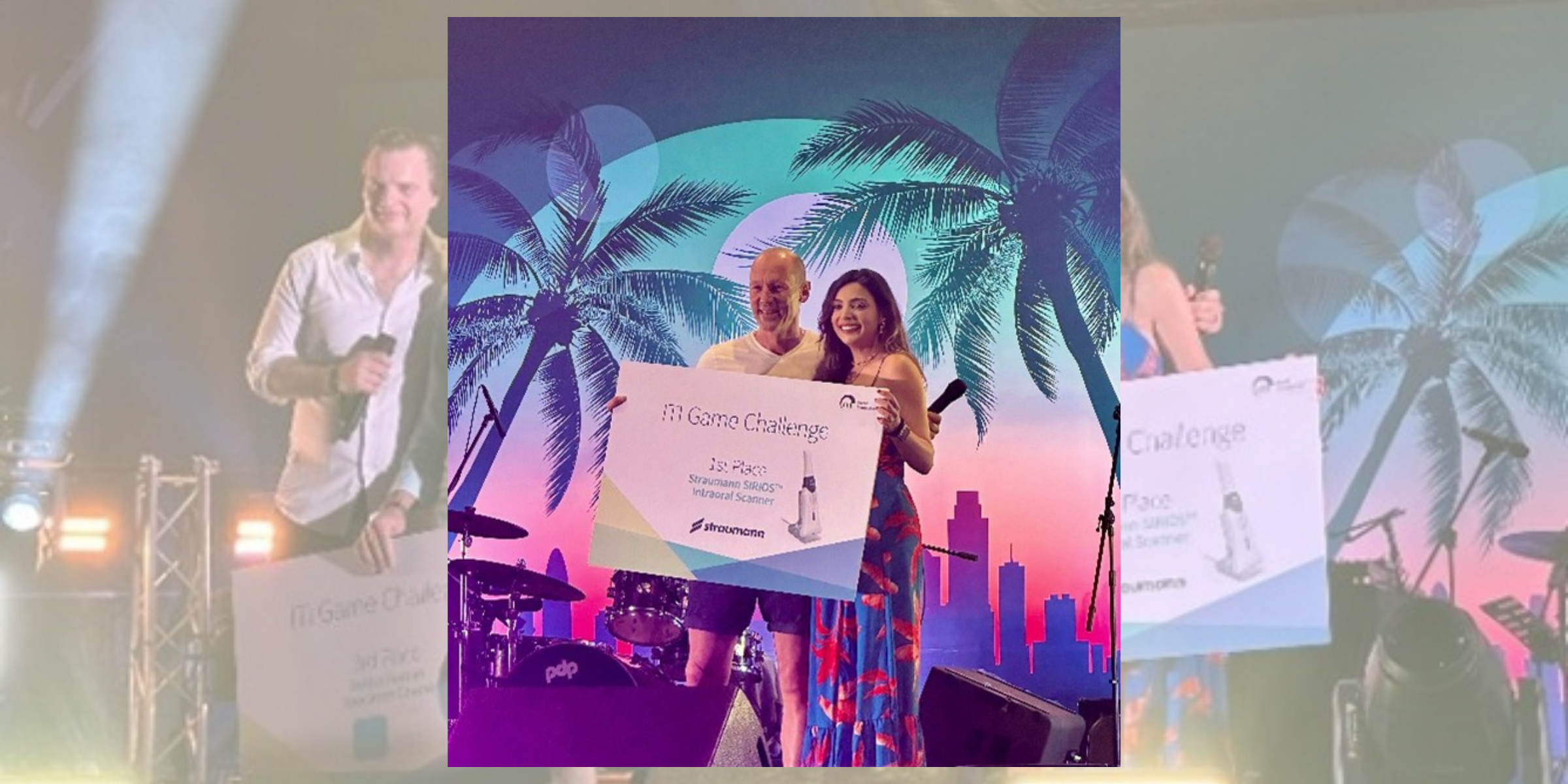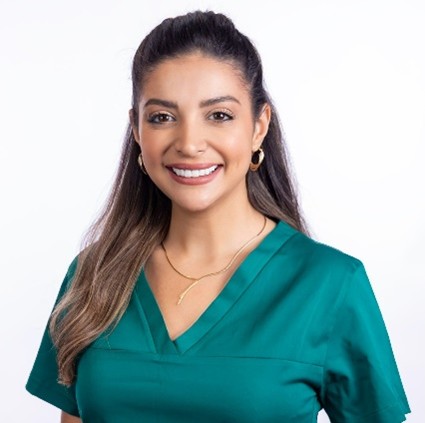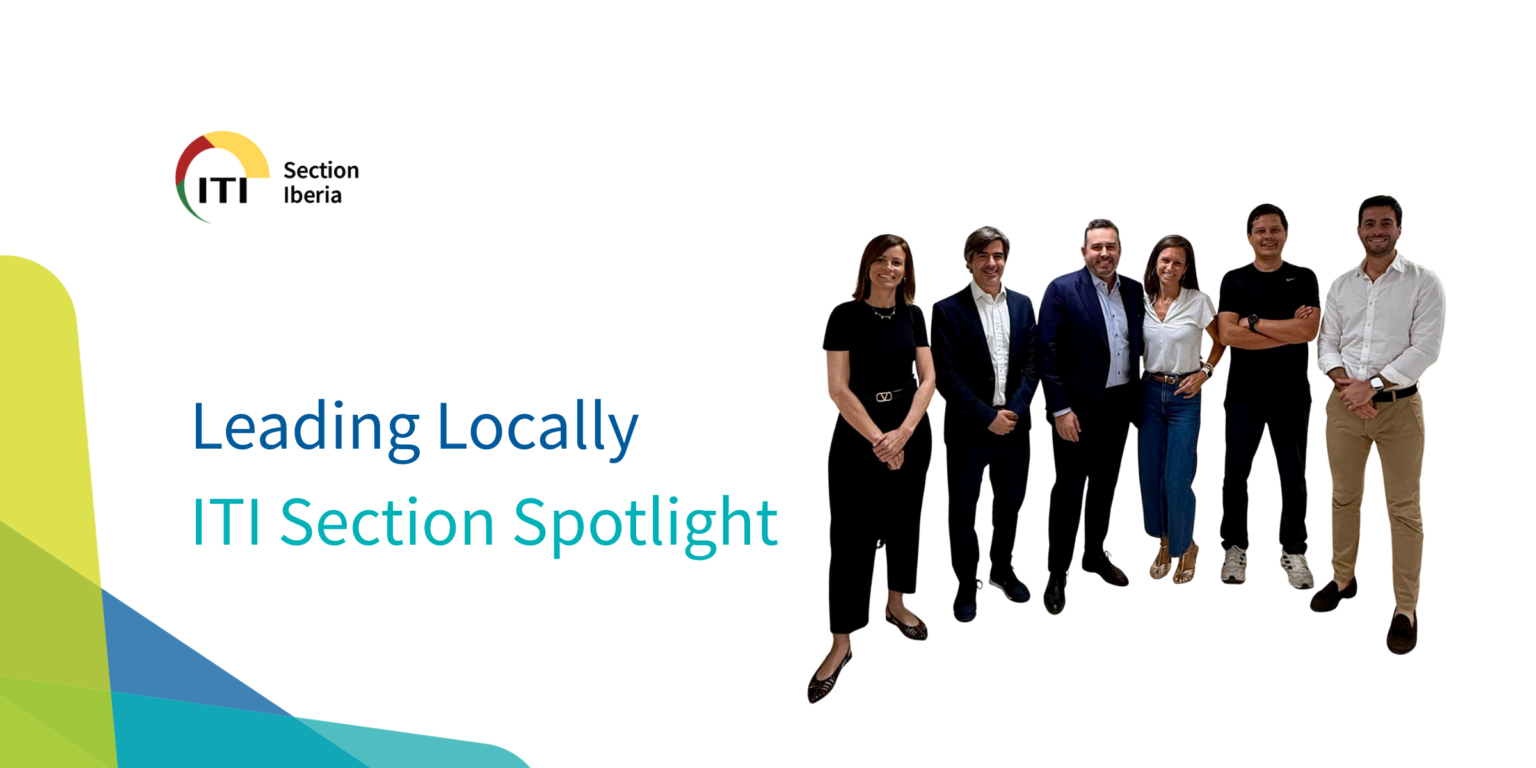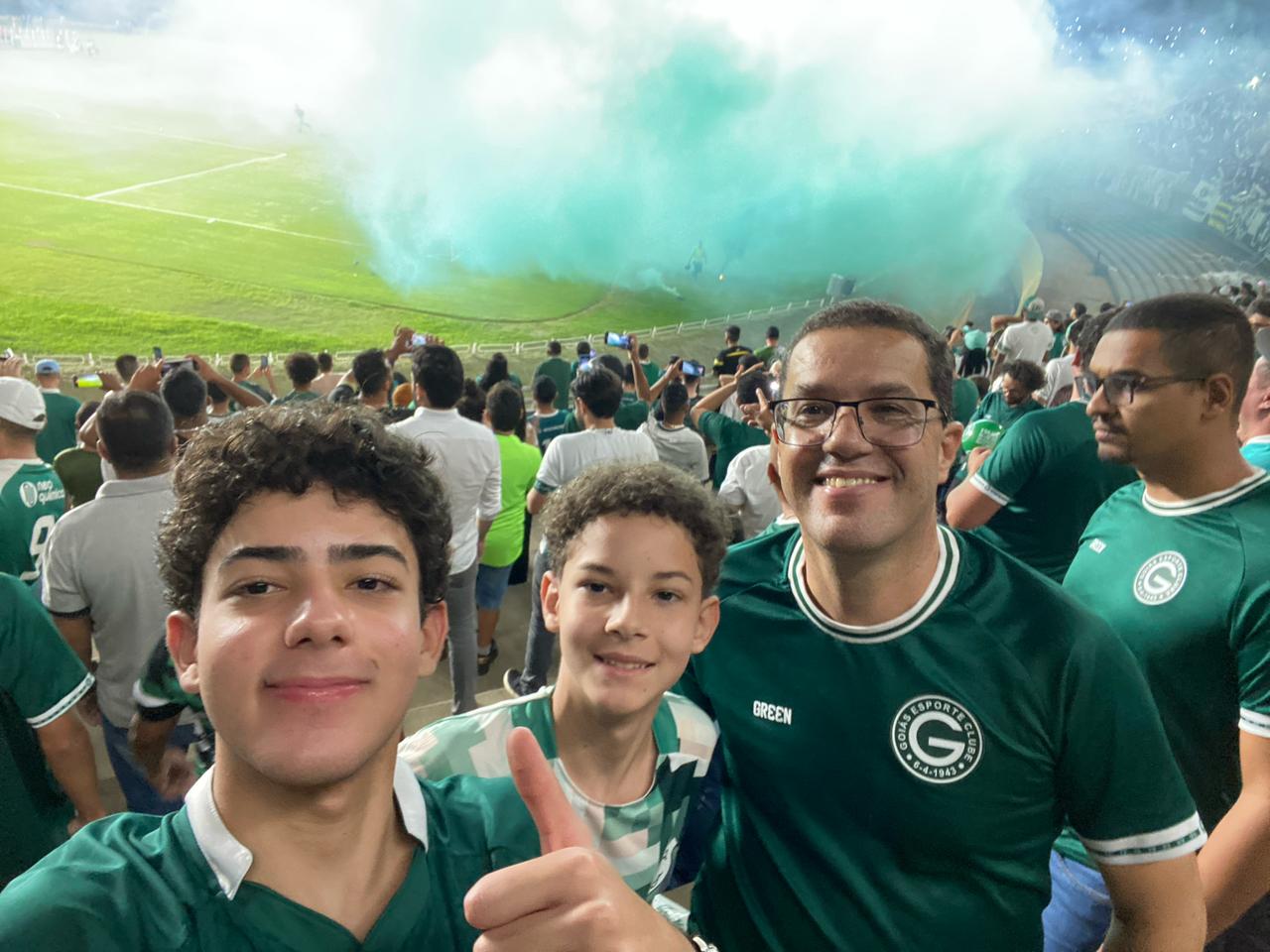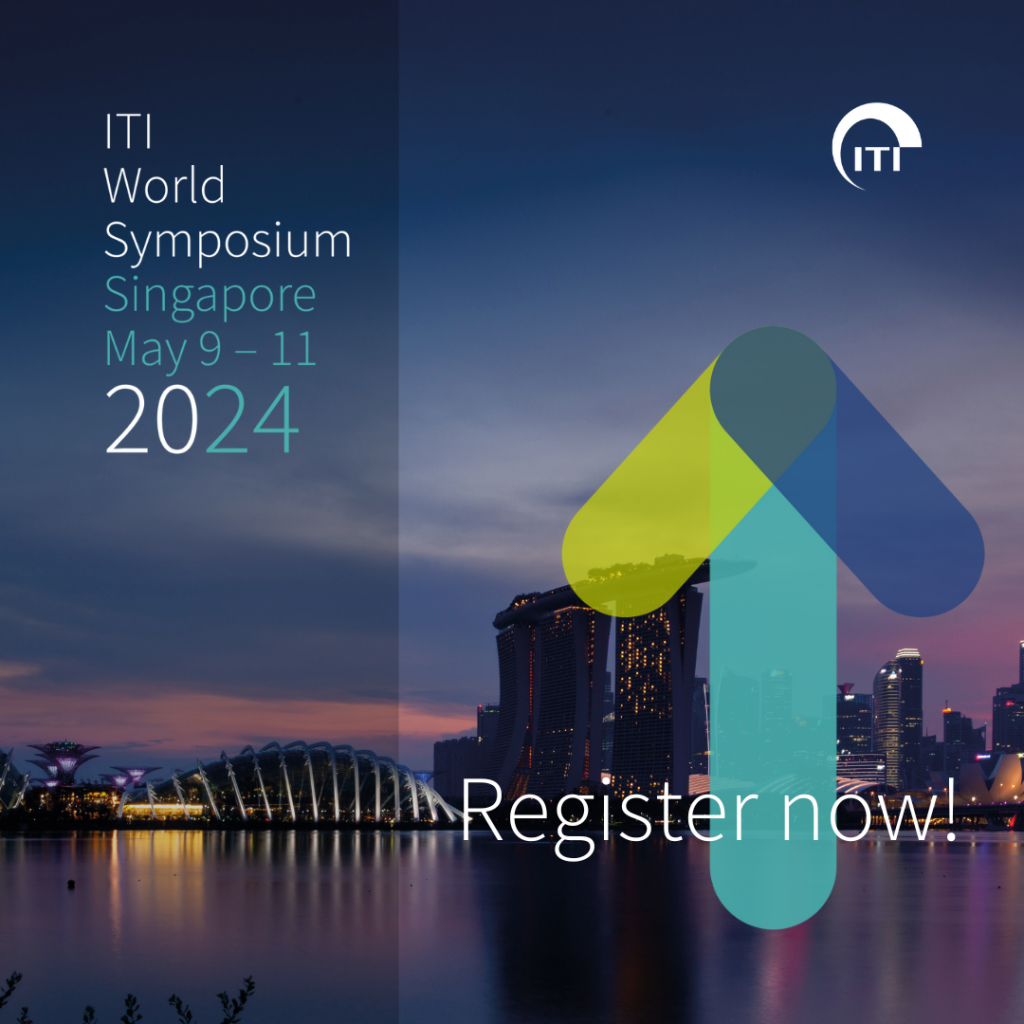A Life-changing experience in Singapore
The ITI World Symposium 2024 held in Singapore in May 2024 brought together more than 5,000 dental practitioners from all around the world. Attending this outstanding international meeting was an exceptional opportunity on several levels:
- High-level scientific lectures that elevated my knowledge of the latest evidence-based advancements and technologies in the dental field;
- International connections with old and new colleagues/friends from different parts of the world, sharing experiences and creating lasting memories;
- A dynamic competition organized by the ITI through the WS24 app, downloaded by all participants.
Little did I know that this event would mark a turning point in my career: I won the ITI Symposium competition and received the Straumann Sirios intraoral scanner! What an incredible breakthrough in my journey as an oral surgeon in the era of digital dentistry.


The Competition: Science meets interaction
During the symposium, the ITI launched a competition via the WS24 mobile application to add a vibrant and engaging aspect to this event. This competition was a blend of various segments that tested academic knowledge, social skills, and interactive engagement:
- Knowledge quiz: The first section of this contest aimed to test our knowledge with a wide range of questions, progressively uploaded to the application, covering topics from the ITI’s history and Consensus Statements to evidence-based protocols and the latest clinical guidelines. Searching for the correct answers wasn’t just a memory test. It pushed me to dive deeper into the evolution of the ITI’s philosophy, its solid foundation in evidence-based data, and its ongoing influence on modern implantology. This part was a powerful reminder of how essential it is to stay grounded in rigorous science to achieve long-term clinical success, and how much of what we do today rests on decades of collaborative research and experience within the ITI community.
- Social networking engagement: Throughout the symposium, we were encouraged to connect with as many attendees as possible by scanning their QR codes to earn points. This part of the competition was my favorite, as it gave me the chance to meet incredible colleagues from different corners of the world, some of whom have since become friends! We now regularly exchange insights and case discussions, fostering a professional community I can rely on for support and shared learning. By simply scanning attendees’ QR codes, I ended up building bridges across continents. What started as a game quickly became a source of lasting connections and collaborations.
- Interactive challenges: The symposium was packed with challenges around the exhibition area, from taking selfies at sponsor booths to singing along with the ITI karaoke. These activities were also revealed progressively on the app, which added a dash of excitement to the event. They promoted a lively spirit and helped us all unwind and bond, balancing serious academic content with fun. Finally, attending specific lectures was also part of this stage of the competition. These sessions were deeply enriching, showcasing cutting-edge research and clinical innovations in implant dentistry.




Sirios: More than just a scanner
Winning the 1st prize, the Straumann Sirios intraoral scanner, was the cherry on top of an unforgettable experience. But more than just a prize, it felt like a glimpse into the future.

This advanced technology has impressive features that are set to revolutionize my clinical workflow and elevate the standard of care in my daily practice[1,2] :
- Scanner performance and scan quality
Sirios is a highly accurate, impressively fast wireless scanner that weights only 245 grams and has a battery life of up 2 hours of continuous scanning. This allows me to use it on the go, moving it easily between different dental chairs in my clinic. Using this scanner, both in terms of hardware and software, has been extremely easy for me and my team to learn and apply. - Integration of novel AI tools:
Some of the cool features of Sirios, and the one I personally enjoy the most, are its intelligent AI tools. The one we most commonly use is the “AI-Powered Smart Filtering Tool”, which automatically removes undesired structures from the scan to generate accurate and optimized 3D models (Fig. 8a).
A recently added feature I find particularly useful is the “Soft Tissue Level Tool”. Depending on the clinical scenario, I can choose the level of soft tissue I want to retain in the scan (Level 1, 2, or 3), offering more control and flexibility (Fig. 8b).
Other standout functions include automatic recognition and validation of implant brands and types directly from scan bodies before post-processing. This helps reduce the risk of errors in prosthetic workflows (Fig. 8c).
And, using the real-time occlusal clearance measurement, I can verify whether there is enough space for crown restorations during the scan, improving predictability and minimizing chairside adjustments at the delivery stage (Fig. 8d).
What helps me most with my digital workflow is the direct integration of the Sirios software with coDiagnostix, allowing me to move faster and more efficiently through my implant planning steps.

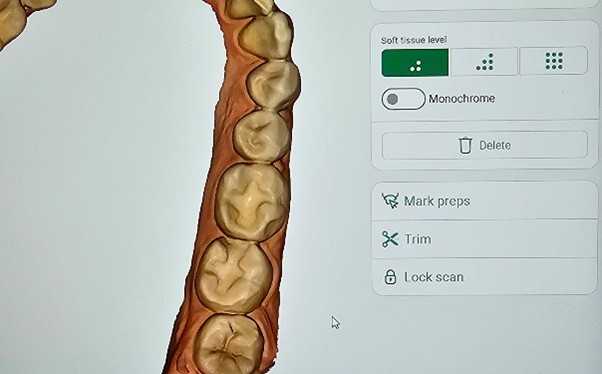

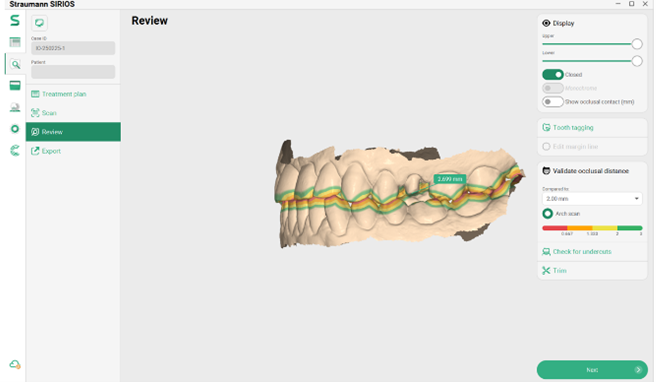
Conclusion: Personal reflection on the spirit of the ITI
The ITI competition was not just about winning, it was about belonging. Attending the ITI World Symposium WS24 was a true celebration of the ITI’s mission to connect and empower dental professionals worldwide. Through this experience, I have gained invaluable friendships, enhanced my knowledge, and embraced technology that will help me elevate my practice.
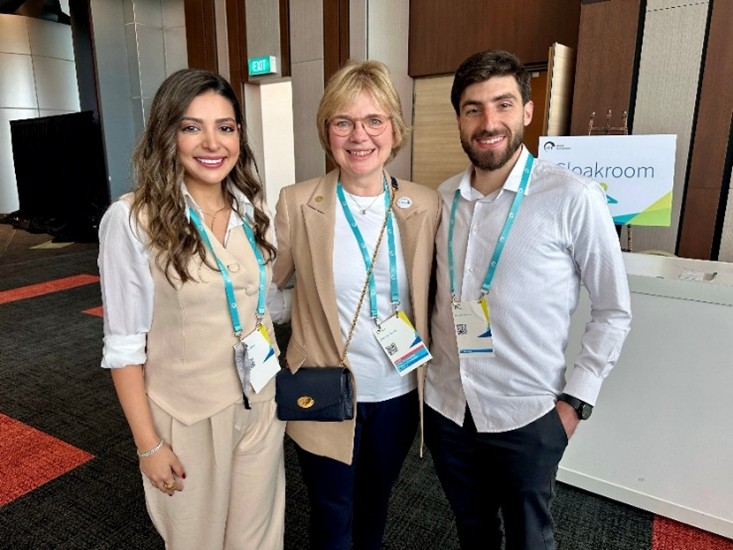
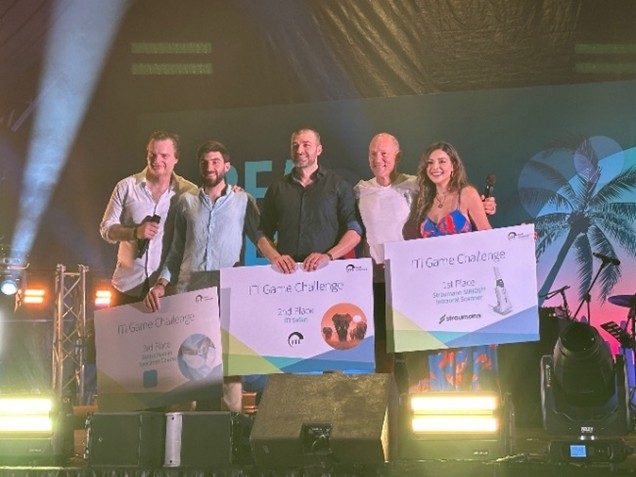
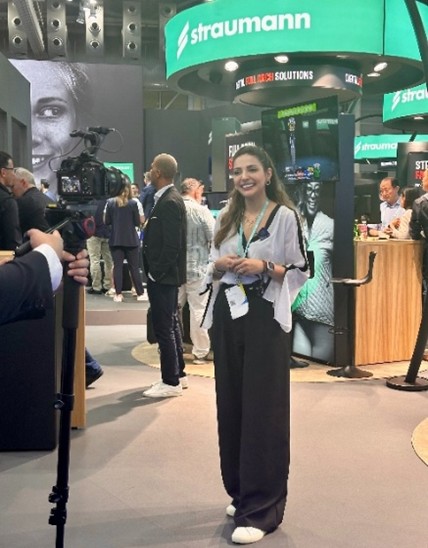
For my practice in Lebanon, the Sirios scanner has marked a true shift in how we diagnose, plan, and deliver care. This cutting-edge digital technology will help propel my practice into the future, enabling me to deliver care with greater precision and excellence. As I reflect on that moment when my name was called, I realize this wasn’t just a prize, it was the beginning of a new chapter in digital excellence.

